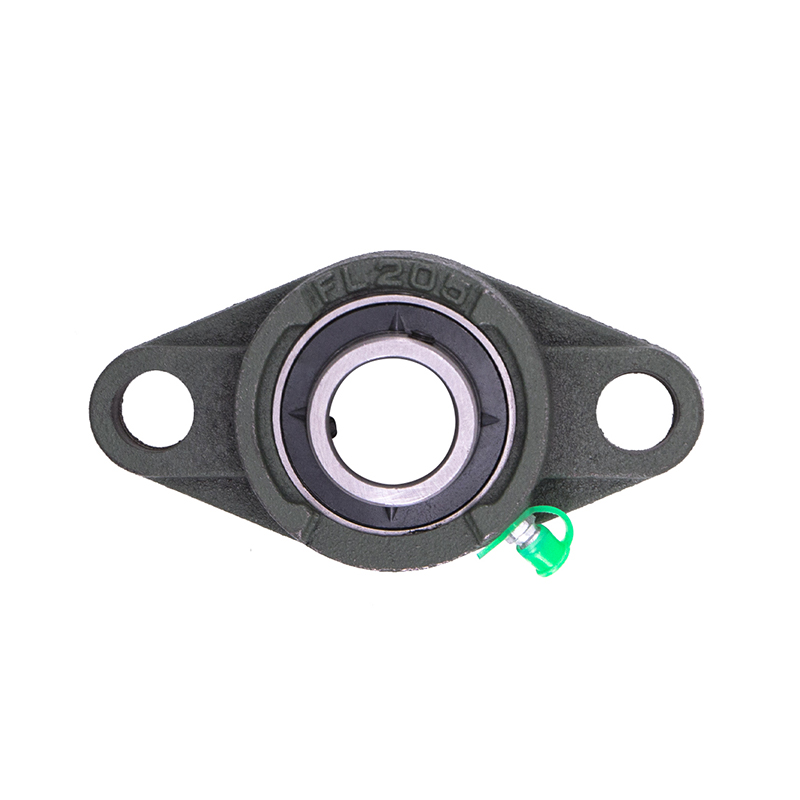-
 Wheel Hub Bearings
Wheel Hub Bearings -
 Wheel Hub Bearings
Wheel Hub BearingsDAC387436 DAC458045 Hub Deep Groove Ball Car Wheel Bearing
-
 Spherical Bearings
Spherical BearingsFL204 FL205 FL206 Stainless Steel Pillow Block Bearing
-
 Spherical Bearings
Spherical BearingsT204 T207 UC204 High Speed Insert Pillow Block Bearing
-
 Spherical Bearings
Spherical BearingsFC204 F210 Auto Wheels Bike Pillow Block Bearing
-
 Spherical Bearings
Spherical BearingsP207 206 205 203 High Precision Wheel Pillow Block Bearing
-
 Thrust Roller Bearings
Thrust Roller BearingsS51100 S51107 S51109 Car Wheel Plain Thrust Ball Bearing
-
 Thrust Roller Bearings
Thrust Roller Bearings51110 51107 51104 51206 High Speed Plain Thrust Ball Bearing
Maintenance and Inspection of High Load Cylindrical Linear Needle Roller Bearings
Industry news-High load cylindrical linear needle roller bearings are pivotal in applications requiring the support of heavy loads with minimal friction and smooth linear motion. These bearings are commonly found in machinery and equipment used in industries such as manufacturing, automotive, aerospace, and heavy engineering. Given their crucial role, maintaining and regularly inspecting these bearings is essential to ensure performance and prolong their service life.
High load cylindrical linear needle roller bearings are designed to handle substantial loads while facilitating linear motion with high precision. These bearings consist of cylindrical rollers that are significantly longer than their diameter, enhancing load distribution and reducing stress concentrations.
Importance of Maintenance
Regular maintenance of high load cylindrical linear needle roller bearings is vital for several reasons:
Prolonging Service Life: Proper maintenance helps prevent premature wear and tear, thereby extending the bearing's service life.
Enhancing Performance: Well-maintained bearings operate more efficiently, reducing friction and improving the overall performance of the machinery.
Preventing Downtime: Regular maintenance can identify potential issues before they bring about bearing failure, and reduce unplanned downtime and costly repairs.
Ensuring Safety: In heavy load applications, bearing failure can bring about catastrophic equipment failure, posing safety risks. Maintenance helps mitigate these risks.
Key Maintenance Practices
Lubrication: Proper lubrication is the cornerstone of bearing maintenance. High load cylindrical linear needle roller bearings require adequate lubrication to reduce friction and wear. Using the correct type of lubricant, whether grease or oil, is essential. Additionally, adhering to a regular lubrication schedule ensures that the bearings remain well-lubricated under varying load conditions.
Cleaning: Keeping the bearings clean is crucial, especially in environments prone to contamination by dust, dirt, or other particles. Regular cleaning prevents contaminants from entering the bearing, which can cause abrasion and premature wear.
Alignment and Installation: Correct installation and alignment of the bearings are fundamental to their performance and longevity. Misalignment can bring about uneven load distribution and increased stress on the rollers, causing early failure. Ensure that bearings are installed according to the manufacturer's specifications and check alignment regularly.
Load Monitoring: Continuously monitoring the loads applied to the bearings can help ensure they are operating within their specified limits. Overloading can significantly reduce bearing life, so it's important to avoid excessive loads.
Temperature Control: Excessive heat can degrade the lubricant and damage the bearing. Monitoring the operating temperature and maintaining it within acceptable limits is crucial. In high-temperature environments, consider using lubricants designed for such conditions.
Inspection Procedures
Regular inspection of high load cylindrical linear needle roller bearings is necessary to detect signs of wear, damage, or potential failure. Here are key aspects to focus on during inspections:
Visual Inspection: Check for visible signs of wear, corrosion, or damage on the bearing surfaces, rollers, and housing. Look for discoloration, scoring, or pitting, which can indicate issues.
Noise and Vibration Analysis: Unusual noises or vibrations can signal bearing problems. Conducting regular noise and vibration analysis can help detect anomalies early, allowing for timely intervention.
Measurement of Wear: Use precision measuring tools to assess wear on the rollers and raceways. Compare the measurements against the manufacturer's specifications to determine if the bearing needs replacement.
Lubricant Analysis: Analyze the lubricant for contamination or degradation. Changes in the lubricant's color, consistency, or presence of particles can indicate bearing issues. Regularly replacing or replenishing the lubricant based on the analysis results is crucial.
Rotation Checks: Manually rotate the bearing to feel for any roughness or irregularities in motion. Smooth and consistent rotation indicates good condition, while resistance or uneven movement can signal problems.

 English
English русский
русский Español
Español
